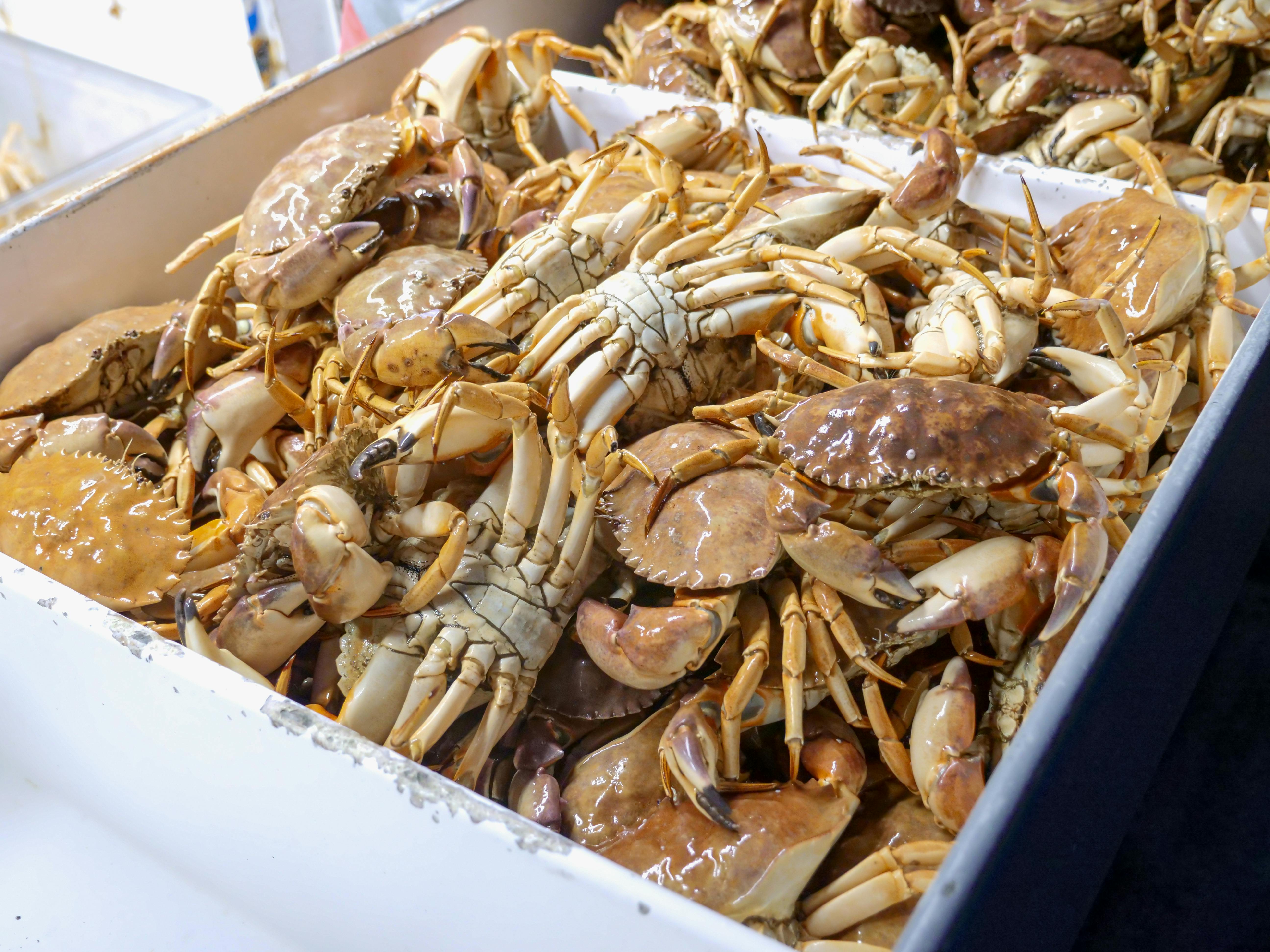Practical Guide to Raw Diet for Cats: Improve Your Feline's Health in 2025
As pet owners become increasingly aware of the importance of nutrition in their cats' well-being, the raw cat diet has gained significant popularity. This guide aims to provide comprehensive insights into the benefits, preparations, and safety of a raw diet for cats. In 2025, embracing a raw food lifestyle can transform your feline's health significantly. A raw diet promotes better digestion, healthier skin, weight management, and improved energy levels, making it an appealing choice for many pet parents.
This article will explore various aspects of the raw cat diet, including transitioning methods, homemade recipes, raw food safety tips, and vétérinary advice on maintaining balanced nutrition. We'll cover how the raw diet meets the unique dietary needs of cats, ensuring they receive all essential nutrients. By the end of this guide, you will have a clearer understanding of the raw feeding journey, along with practical tips to successfully implement and sustain it.
Here’s what you can expect in this guide: an in-depth look at the benefits of raw feeding, practical steps to prepare and store raw food safely, common misconceptions, and expert recommendations on raw cat nutrition. Whether you are considering a raw diet for the first time or looking to enhance your current feeding practices, this guide is packed with valuable information.

Understanding the Raw Cat Diet and Its Benefits
The raw cat diet revolves around feeding cats a diet consisting primarily of raw meats, organs, and bones. This approach aligns closely with their natural predatory instincts, offering high protein content and essential nutrients. By understanding the core benefits of a raw food diet for cats, pet owners can make informed decisions that promote optimal health. Some key benefits include:
Enhanced Digestive Health
Many cat owners report improvements in their pets’ digestive health when switching to a raw diet. Raw food is more easily digestible compared to processed kibble, allowing felines to absorb nutrients more effectively. Cats on raw diets tend to have smaller, firmer stool due to higher protein content and lower carbohydrate levels, reducing the risk of gastrointestinal issues.
Improved Coat and Skin Condition
Raw diets provide better hydration for cats due to their moisture content found in fresh meats. This can lead to improved skin and coat condition, reducing allergy symptoms and skin irritations. Essential fatty acids are abundant in raw meats, contributing to healthier fur and skin.
Weight Management and Energy Levels
For overweight cats, a raw diet can be an effective aid in weight management. The high protein content can help maintain muscle mass while encouraging fat loss. Additionally, many report that cats consuming raw diets exhibit increased energy and play levels, reflecting an overall healthier lifestyle.
With these benefits in mind, pet owners naturally wonder about the best ways to transition their feline companions to a raw diet.
Transitioning to a Raw Diet for Cats
Transitioning to a raw diet can be a straightforward process when approached correctly. Understanding the dynamics of feline digestion and preferences can help ease your cat into this new feeding regimen.
Step-by-Step Transition Process
Start by introducing raw food slowly into your cat's routine. Mix small amounts of raw ingredients with their current food, gradually increasing the raw portion while decreasing the kibble. This process might take several days or weeks, depending on your cat’s acceptance. Each cat is unique, and some might adapt more quickly than others.
Respecting Your Cat's Preferences
Keep in mind that cats can be picky eaters. Observe your cat’s reactions to different types of raw meats and be patient. Experimenting with various proteins such as chicken, beef, or fish can help identify their favorites. Remember, variety is essential to ensure they are receiving balanced nutrition.
Monitoring Health Throughout the Transition
During the transition, it’s vital to monitor your cat’s health closely. Look for signs of digestive upset, like vomiting or diarrhea, and adjust your transition pace accordingly. Consult a veterinarian for guidance to ensure your cat's digestive system adjusts smoothly. They may also recommend supplements to enhance the nutritional profile of a raw diet properly.
With successful transitioning, pet owners can explore a myriad of raw cat food recipes to keep their felines engaged during mealtime.
Homemade Raw Cat Food Recipes
Preparing homemade raw cat food can be rewarding and fulfilling, ensuring that your furry companion receives high-quality nutrition tailored to their needs. Here are a few simple recipes for you to consider:
Basic Raw Chicken Recipe
This recipe provides a balanced blend of protein and nutrients essential for your cat’s overall health. Combine ground chicken, chicken liver, and organs like hearts, adding a few calcium-rich ground bones. This dish ensures a proper balance of nutrients and essential fatty acids.
Fish Delight Raw Diet
Using fresh or frozen fish (like salmon or sardines) can provide beneficial omega-3 fatty acids. Blend fish with a small amount of fresh vegetables and a supplement of taurine to ensure your cat receives vital nutrients.
BEEF RAW FODDER RECIPE
For a beef alternative, finely chop beef chunks, combine them with a bit of beef liver, and mix thoroughly. Adding a small portion of ground bone will enrich the calcium levels, which is crucial for bone health.
These recipes can be adjusted based on your cat’s dietary needs and preferences. Always ensure that any homemade raw meal is nutritionally balanced, as this is critical for your cat's long-term health.

Raw Diet Safety for Cats: Best Practices
Safety is critical when it comes to raw feeding for cats. Adopting hygienic food handling practices can help prevent contamination. Here are some essential safety tips:
Safe Food Sourcing
Always source your raw food from reputable suppliers that guarantee high-quality, human-grade ingredients. Check for certifications and avoid products with questionable sourcing practices. Understanding the origin of the raw meat is crucial to ensuring your cat’s safety.
Food Preparation and Storage
Keep a clean kitchen environment while preparing raw meals. Use separate utensils and cutting boards for raw meats to avoid cross-contamination. Store raw cat food in airtight containers in the refrigerator to maintain freshness and prevent spoilage. Always follow guidelines for safe raw food handling.
Understanding Contamination Risks
Raw meat can carry bacteria that may be harmful to both pets and humans. Vets recommend observing good hygiene practices when feeding your cats raw food. Wash your hands thoroughly after handling raw ingredients and clean surfaces immediately to minimize contamination risks.
These safety practices are essential to ensure your pet's health and longevity while enjoying the benefits of raw feeding.
FAQs: Common Questions About Raw Diets for Cats
What are the main benefits of a raw diet for cats?
A raw diet is rich in essential proteins and nutrients, which can lead to better digestion, healthier skin and coat, and improved energy levels for your cat.
How do I adjust my cat's diet if they exhibit digestive issues after switching to raw food?
If your cat experiences digestive issues, slow down the transition process, return to their previous diet if necessary, and consult with your veterinarian regarding adjustments or supplements needed.
Is raw feeding safe for kittens?
Yes, raw diets can be safe for kittens, but it's vital to ensure that meals are formulated to meet their developmental needs and are age-appropriate. Consulting with a vet is highly recommended.
Are there any common myths about raw feeding?
Yes, some myths include the idea that raw diets are inherently unsafe. When properly handled and prepared, raw feeding can be a safe and nutritious option for cats. Many misconceptions can be addressed through accurate veterinary advice.
Should I supplement my cat's raw diet?
Depending on your cat's specific needs, you might want to incorporate supplements such as taurine or omega-3 fatty acids to ensure a balanced nutritional profile.
Embracing a raw diet for your cat can be a transformative decision for their health and happiness. By understanding the dietary needs, benefits, and safety concerns surrounding raw feeding, you can foster a healthy and enjoyable eating experience for your feline companion.
